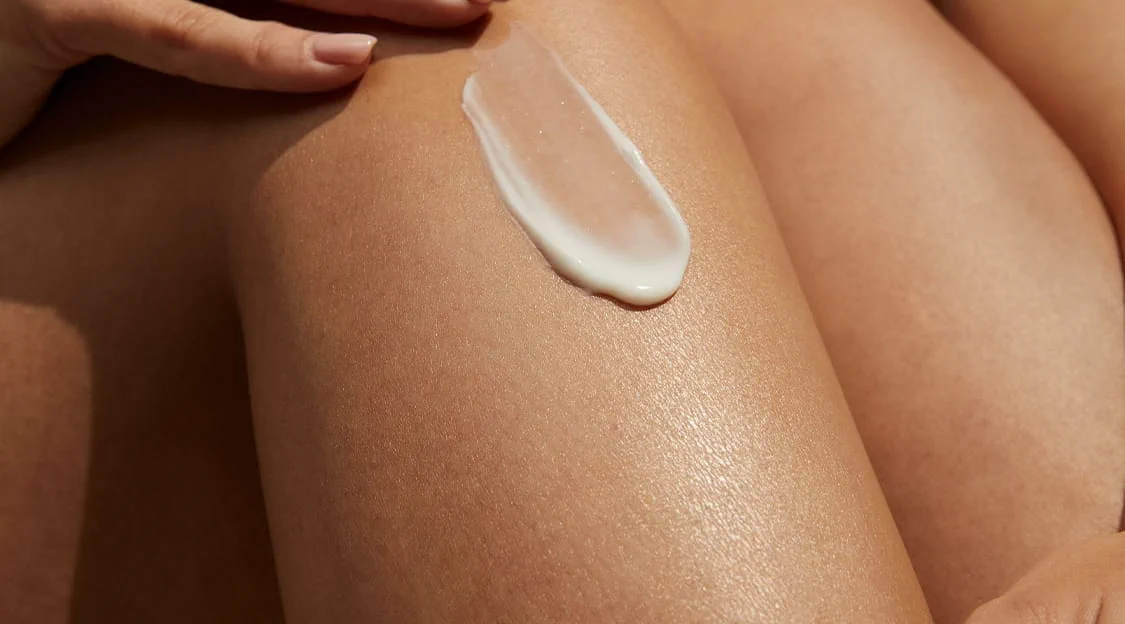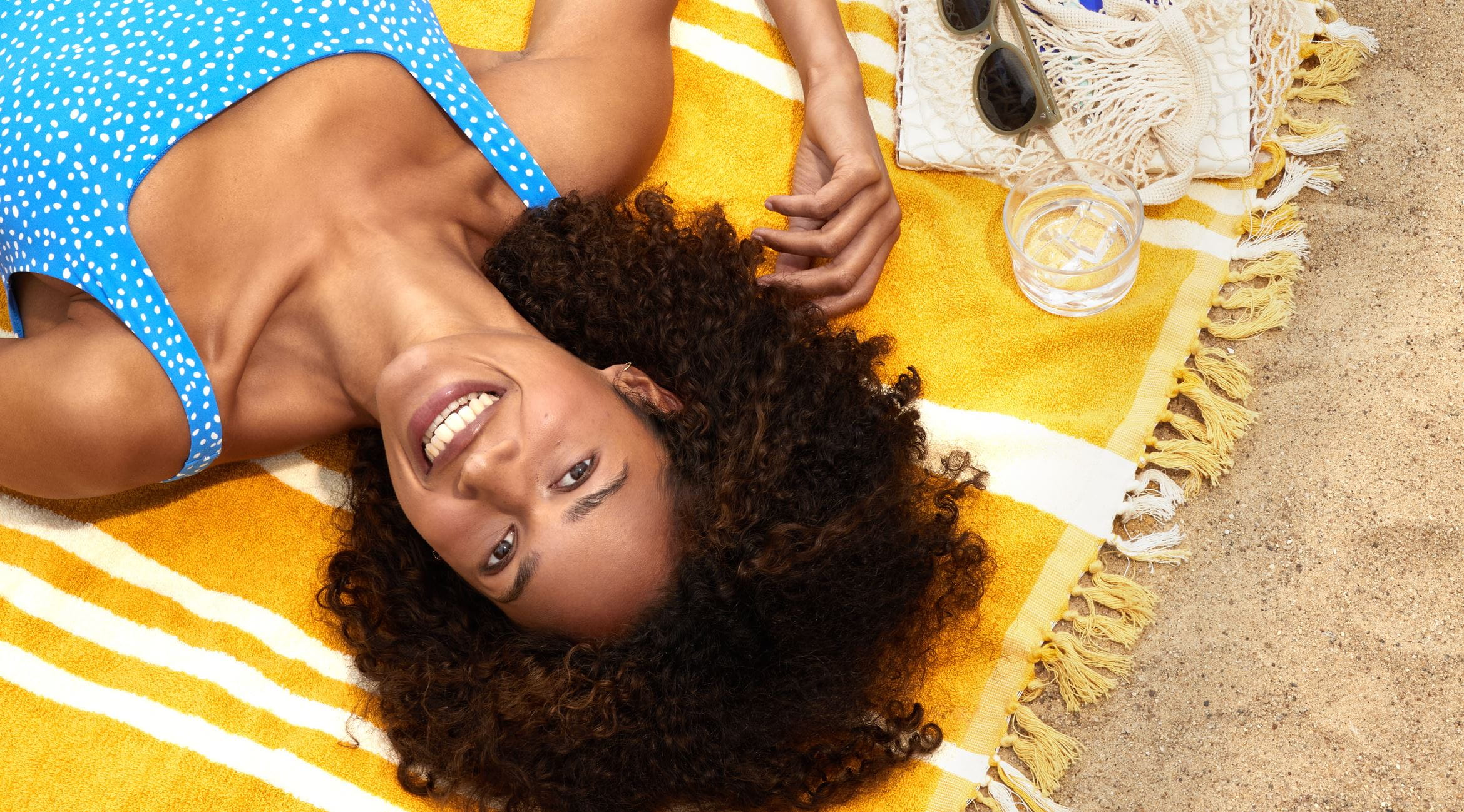
Can You Tan Through a Window?: Sun Myths Debunked
Find out whether you can tan or burn through a window and the answers to other sun related myths.
CAN YOU TAN OR BURN THROUGH WINDOWS?
The simple answer is yes, you can both tan and burn through windows. A window does filter out some UV rays but not all of them, leading to the misconception that they offer complete protection. Windows only provide partial shielding, leaving individuals vulnerable to sun damage through glass.
This article will help to dispel more common myths surrounding sunburn and tanning to ensure you safeguard your skin in various sun-related scenarios.
This article will help to dispel more common myths surrounding sunburn and tanning to ensure you safeguard your skin in various sun-related scenarios.
VITAMIN D PRODUCTION FOLLOWING SUN EXPOSURE BEHIND WINDOWS
While sunlight is crucial for Vitamin D production, UVB rays responsible for this process are largely filtered out by glass windows. Although sitting by a window may boost your mood, it is not an efficient way to increase Vitamin D sufficiently.
3 FACTORS THAT INFLUENCE TANNING OR BURNING THROUGH A WINDOW
The risk of the sun having an impact on your skin indoors hinges on a number of factors, the main ones being:
CAN YOU TAN THROUGH CLOUDS?
You can still both tan and burn through clouds. Whilst they may provide some natural shade, it's a common myth that UV rays are entirely blocked. In reality, they only filter out some UV rays, meaning there is still a potential risk for sun-induced skin damage on cloudy days.
PEOPLE AT RISK OF SUN DAMAGE THROUGH WINDOWS
Facts Overview
Tan Through A Window
7 SUN-MYTHS DEBUNKED
Sun Safety Measures
Protecting the Skin During Sun Exposure:
PROTECT YOUR SKIN FROM SUN EXPOSURE WITH NIVEA SUN
Summary
Dispelling myths surrounding when you are vulnerable to the sun’s rays is crucial for skin safety. Even though windows and clouds offer partial protection from UV rays, it is possible to tan or sunburn in case of prolonged exposure. In fact, most of the UVB is blocked by windows, but the UVA rays can penetrate through more easily, This is the reason why it is usually recommended to take protective measures such as wearing daily sunscreen or protective clothing, when by windows.






